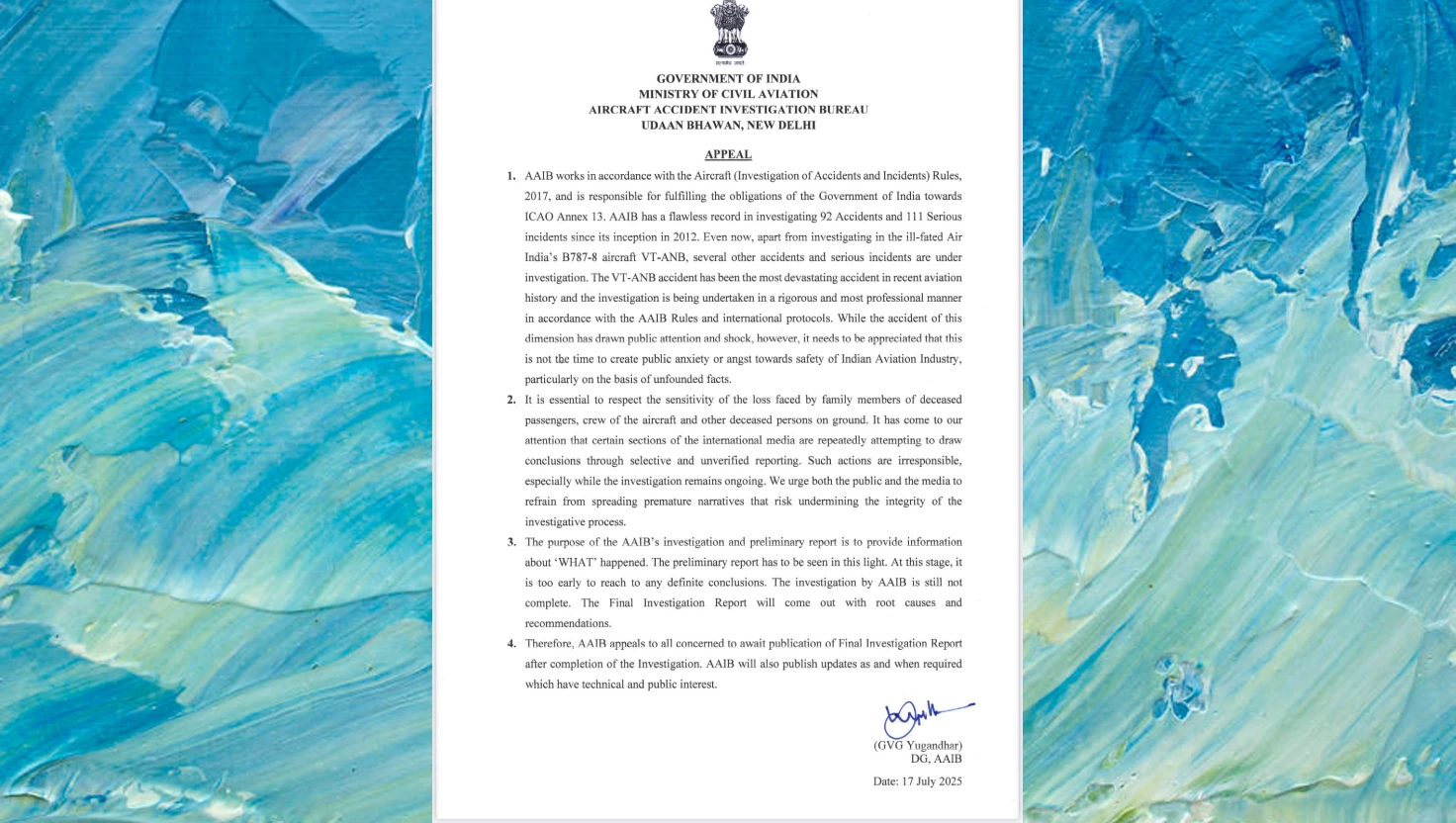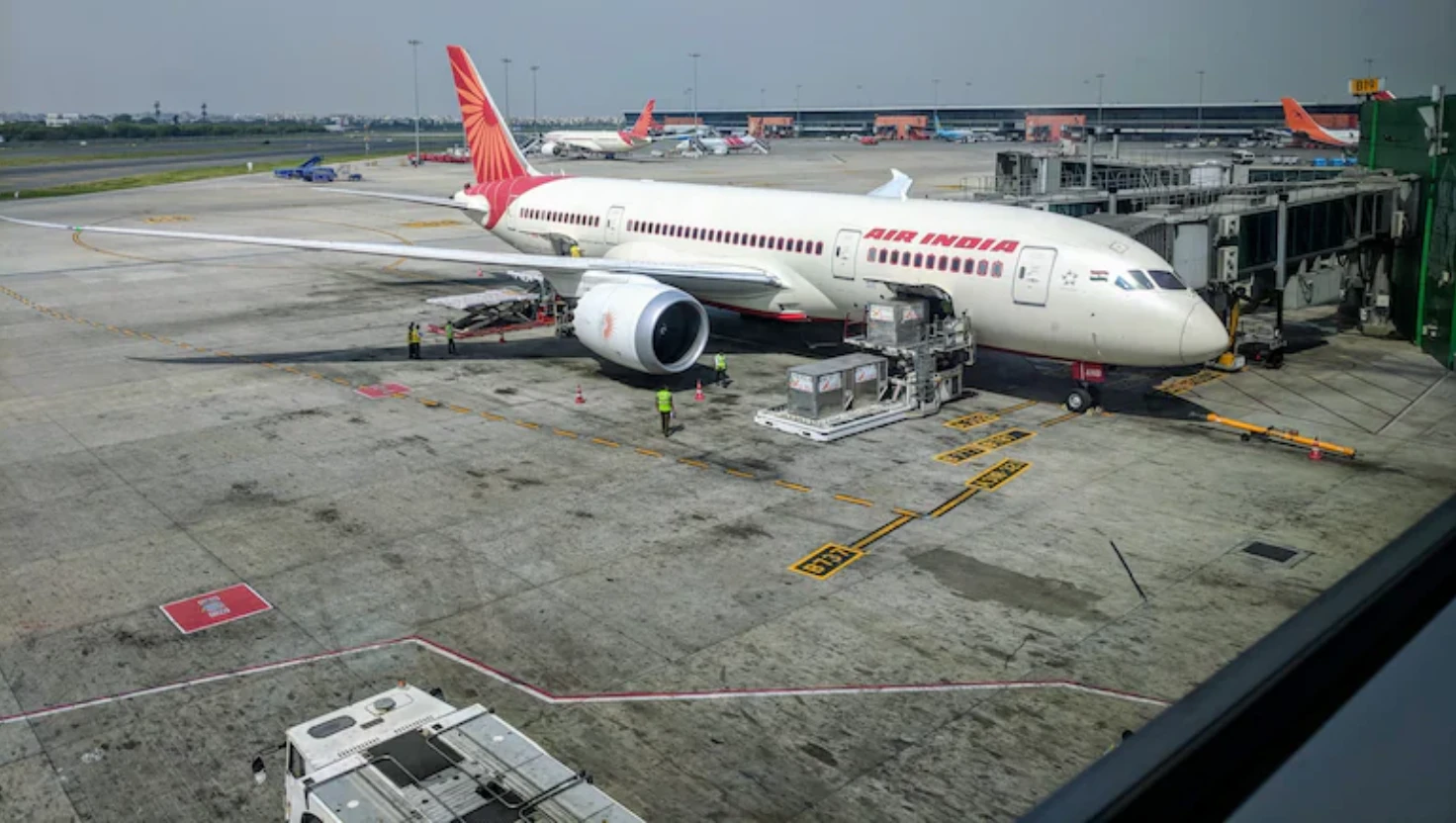India Rejects China’s Renaming of Arunachal Pradesh Locations

Representative Image
India dismisses China's renaming of 27 locations in Arunachal Pradesh, reaffirming the region's status as an integral part of Indian territory.
India’s Ministry of External Affairs (MEA) issued a firm response on Tuesday after China released a new list of 27 renamed locations in Arunachal Pradesh, a state in northeastern India that borders China. The announcement was made by China’s Ministry of Civil Affairs on 11–12 May as part of its continuing efforts to claim the territory, which Beijing refers to as “Zangnan”.
In a statement, MEA spokesperson Randhir Jaiswal said: “We have noticed that China has persisted with its vain and preposterous attempts to name places in the Indian state of Arunachal Pradesh. Consistent with our principled position, we reject such attempts categorically. Creative naming will not alter the undeniable reality that Arunachal Pradesh was, is, and will always remain an integral and inalienable part of India.”
The move marks the fifth such attempt by China to rename locations in the region, following earlier lists issued in 2017, 2021, 2023, and April 2024. The latest batch includes names for 12 mountains, four rivers, one lake, one mountain pass, 11 residential areas and one land parcel, accompanied by coordinates and detailed mapping data.
Territorial Claims and Border Disputes
China's actions are part of a long-standing territorial dispute with India over the status of Arunachal Pradesh. Beijing claims the region as part of South Tibet and routinely objects to Indian infrastructure development and political visits to the area. In contrast, India maintains that Arunachal Pradesh is an essential part of its sovereign territory.
The 3,800-kilometre-long Line of Actual Control (LAC), which separates Indian and Chinese troops, remains poorly demarcated, leading to intermittent tensions. In 1962, the two countries fought a brief war over these border disputes, and recent years have seen renewed clashes, particularly in eastern Ladakh, further west of Arunachal Pradesh.
In 2020, a deadly skirmish in the Galwan Valley resulted in the deaths of 20 Indian and four Chinese soldiers, sparking a prolonged military standoff. Although both sides agreed in October 2024 to disengage troops in parts of the western Himalayas, tensions along the eastern sector, including Arunachal Pradesh, remain high.
China’s Defence and India’s Response
Defending the recent naming exercise, Chinese Foreign Ministry spokesperson Lin Jian said the renaming was “entirely within China’s sovereignty”. He added that standardising place names in Zangnan — China’s name for Arunachal Pradesh — is a sovereign right of the Chinese government.
However, New Delhi has consistently refuted these claims. Following a similar move in April 2024, India dismissed the Chinese action as “senseless”, and its leaders have continued to participate in public functions and development projects within the state to signal its control.
Wider Implications
This diplomatic exchange comes at a time when India and China are attempting to manage a fragile thaw in relations, while still contending with legacy disputes and competing strategic interests. Analysts note that repeated symbolic gestures — such as name changes — may complicate confidence-building efforts.
Experts have pointed out that these naming campaigns by China are intended to reinforce its claims domestically and internationally, particularly as part of a broader strategy of asserting territorial claims through maps, historical narratives, and administrative measures.
Despite these actions, India’s position remains unchanged. New Delhi continues to reinforce its administrative presence in Arunachal Pradesh and has stepped up efforts to build critical infrastructure in the border region, including roads, bridges, and military installations.
Context
China’s assertion over Arunachal Pradesh forms part of its broader approach to disputed territories across Asia, including the South China Sea and along borders with countries such as Bhutan. The use of administrative tools, including maps and naming conventions, is seen by regional experts as a way to solidify de facto claims in contested zones.
Meanwhile, India’s foreign policy has increasingly sought to push back against these assertions, bolstering ties with regional partners and strengthening its defence posture along sensitive frontiers.
For now, while military tensions may have eased in certain sectors, the diplomatic rhetoric between the two countries continues to underscore the deep mistrust that persists along their disputed border.

Reliance Retail acquires Kelvinator, The Coolest One
Reliance Retail has purchased the Kelvinator brand from Electrolux for nearly ₹160 crore, aiming to strengthen its position in India's consumer durables market.
| 2025-07-19

Saiyyara has shattered every myth about launching newcomers. No big names, no big PR
Madhur Bhandarkar praises debut film 'Saiyaara' for its raw talent and storytelling, marking a shift in Bollywood's approach to newcomers.
| 2025-07-19

India slams reports blaming pilots for Air India crash
India's AAIB disputes US media assertions regarding Air India AI 171 crash, highlighting ongoing investigation and sensitivity towards victims' families.
| 2025-07-18

India Secures Four-Wicket Win in ODI Series Opener Against England
India achieves a four-wicket victory over England in the ODI series opener, led by Deepti Sharma's unbeaten 62 runs.
| 2025-07-17

Air India inspection claims no problems found with Boeing 787 fuel control switches
Air India has conducted thorough inspections of its Boeing 787 fuel control switches, reporting no problems following a DGCA directive.
| 2025-07-17




